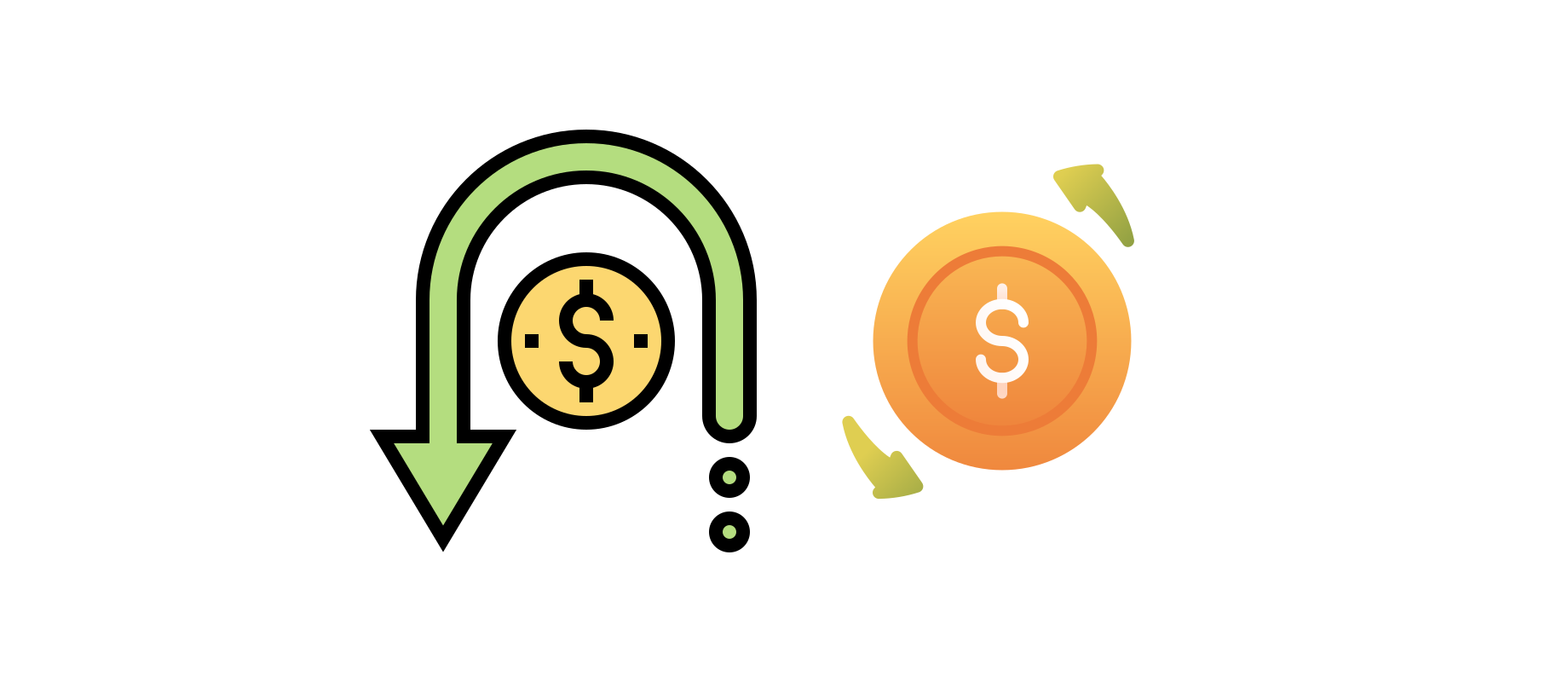In the most basic terms, a chargeback is the retroactive cancellation and return of a transaction made on your credit or debit card. You file a chargeback request with the bank that issued the card. However, you may only do so under one of two conditions:
There was an unlawful transaction, or the approved transaction was for goods or services that the merchant did not supply in accordance with the terms of a contract, receipt, or other documented agreement.
How To Manage Charge Backs For E-commerce Stores
1. Implement strong fraud prevention measures such as requiring verification for high-value transactions and using tools such as 3D Secure for credit card transactions.
2. Clearly communicate your return and refund policies on your website and include them in all confirmation emails and receipts to reduce the likelihood of chargebacks due to customer dissatisfaction.
3. Promptly respond to customer inquiries and concerns to prevent them from disputing a charge with their bank.
4. Keep thorough records of all transactions and provide detailed documentation when responding to chargeback disputes.
5. Use dispute management tools and services to help you effectively and efficiently handle chargebacks and prevent them from happening in the future.
Customer Retention Strategies: How To Drive Customer Loyalty
6. Work with your payment processor to understand the reasons for chargebacks and implement strategies to prevent them.
7. Monitor your chargeback rate and track trends to identify potential issues and take corrective action.
8. Consider offering additional customer support options, such as live chat or a dedicated customer service phone number, to help resolve issues and prevent chargebacks.
9. Invest in customer education and outreach programs to help customers understand your policies and how to avoid chargebacks.
10. Consider offering additional payment options, such as alternative payment methods or a payment plan, to help customers who may be at higher risk for chargebacks.

